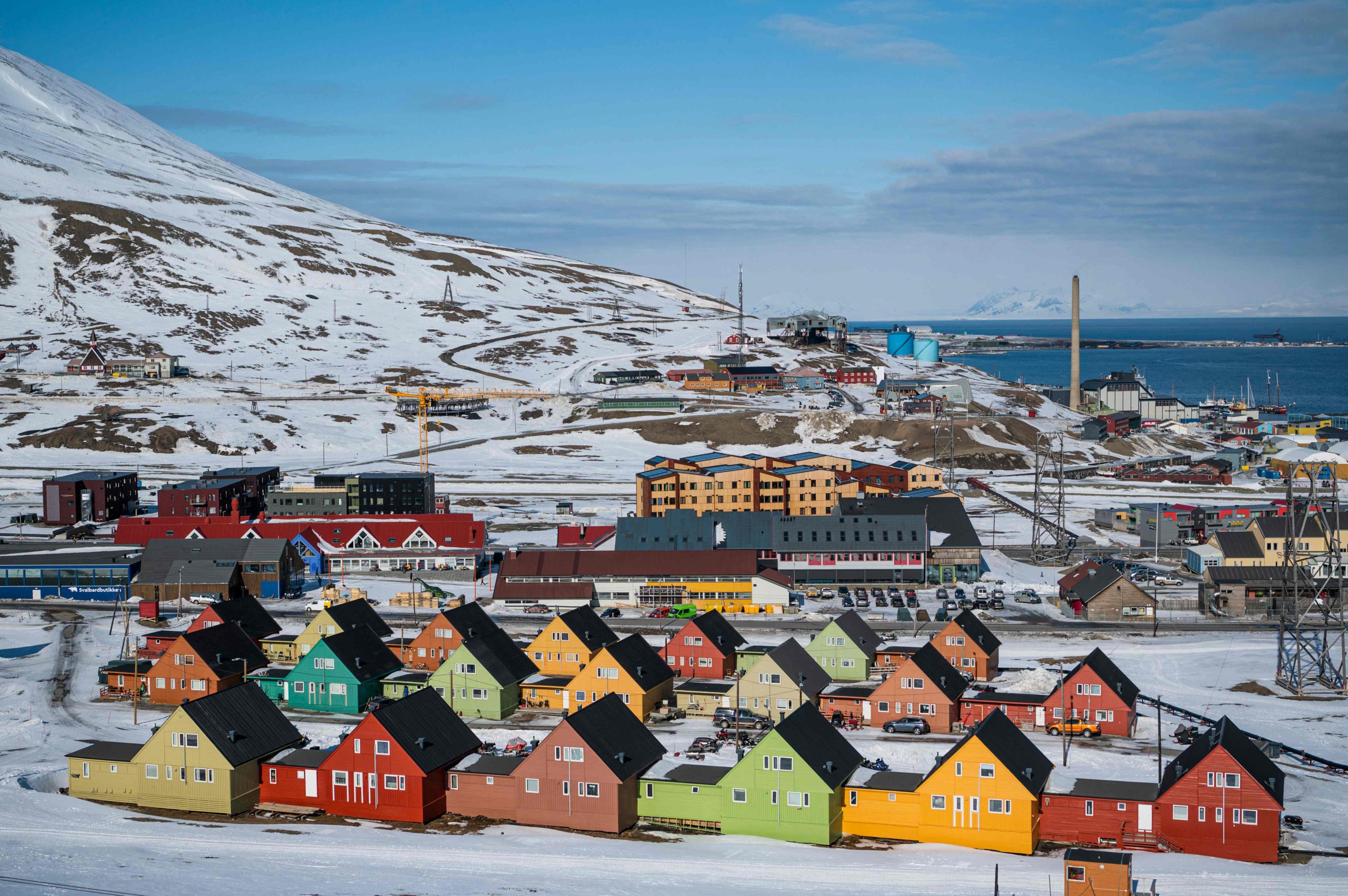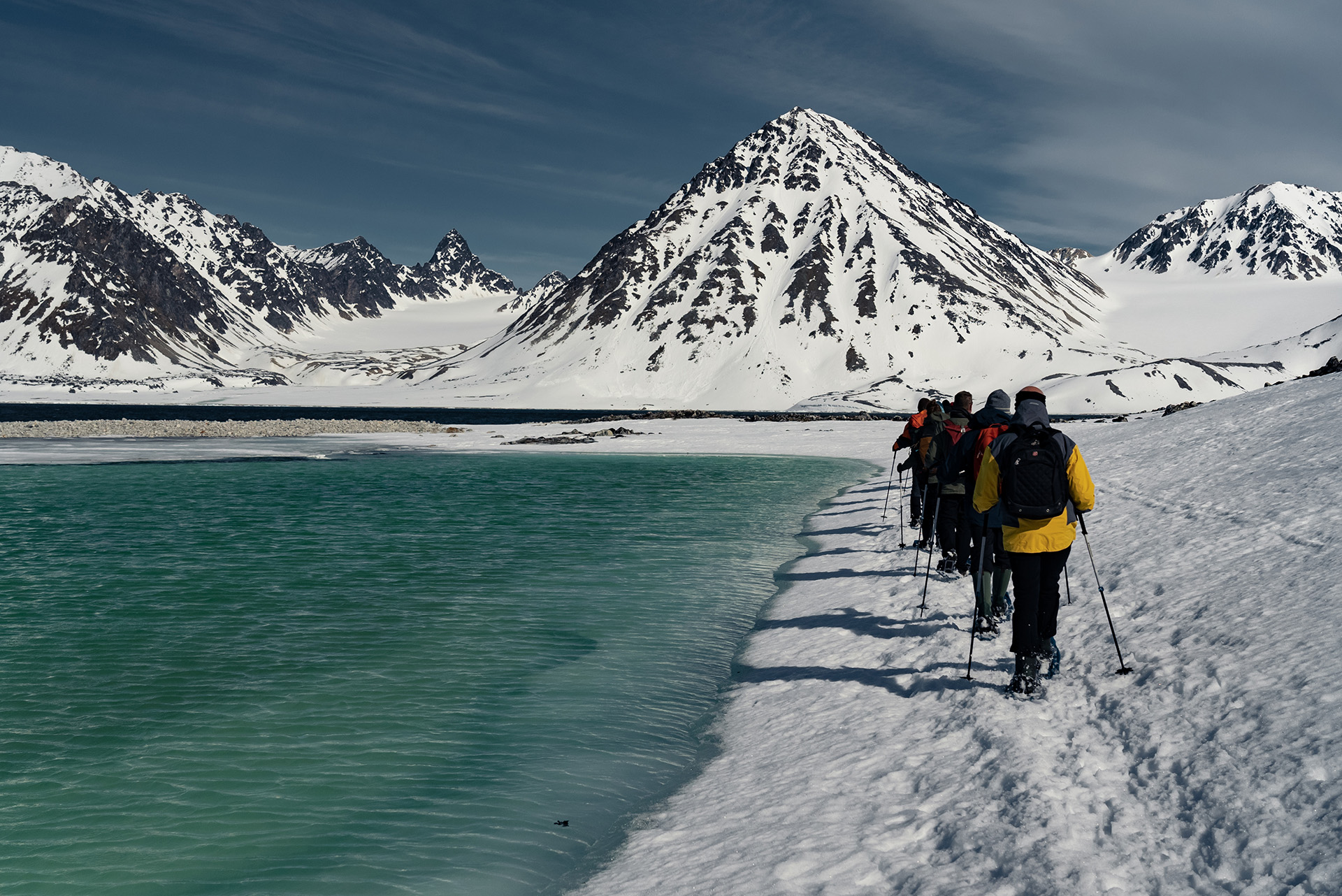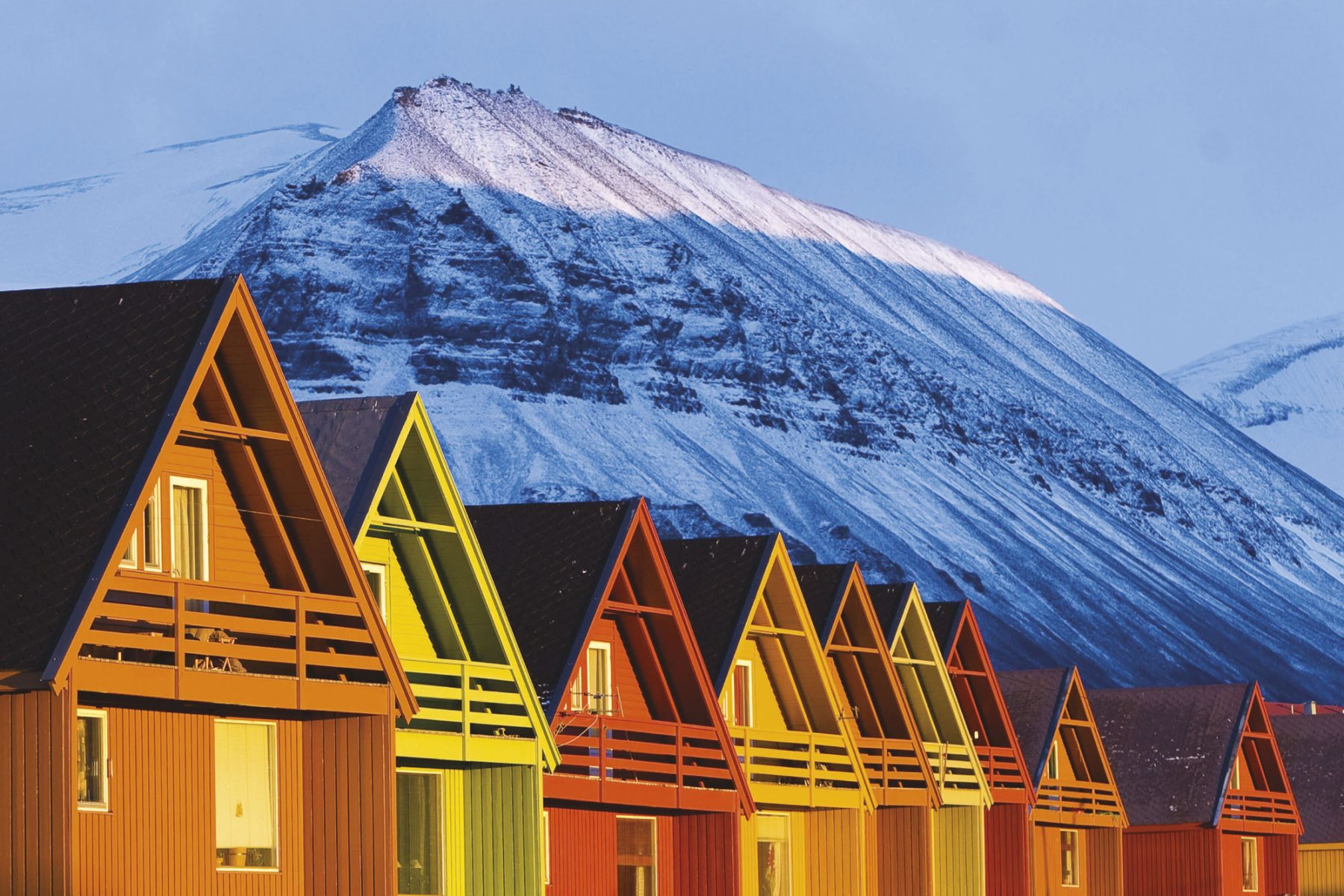
Svalbard is a remote and stunning archipelago located in the Arctic Ocean, halfway between Norway and the North Pole. Known for its dramatic landscapes and extreme climate, Svalbard is a unique destination with a rich history and a vibrant ecosystem adapted to its harsh conditions.
Svalbard consists of several islands, the largest of which are Spitsbergen, Nordaustlandet, and Edgeøya. The archipelago is characterized by its rugged terrain, including mountains, glaciers, and fjords. The climate is Arctic, with long, frigid winters and short, cool summers. During the winter months, Svalbard experiences polar night, where the sun does not rise above the horizon, while the summer brings continuous daylight, known as the Midnight Sun.
Despite its harsh conditions, Svalbard is home to a range of wildlife adapted to the Arctic environment. The archipelago is a critical habitat for polar bears, which are often seen roaming the icy landscapes in search of seals. Other notable wildlife includes Arctic foxes, reindeer, and various bird species such as puffins and seabirds. The cold waters surrounding Svalbard are also rich in marine life, including whales and seals.

Svalbard has a fascinating history of exploration and settlement. The archipelago was first discovered by Dutch explorers in the 16th century. Over the centuries, it has been used for various purposes, including hunting, whaling, and mining. Today, the archipelago is known for its research stations and tourism. The settlement of Longyearbyen, the largest town on the islands, serves as a hub for scientific research and adventure tourism.
Svalbard is under the sovereignty of Norway, but it has a unique status under the Svalbard Treaty of 1920, which allows citizens of signatory countries to reside and work there. The archipelago is also governed by strict environmental regulations to protect its fragile Arctic ecosystem. Conservation efforts focus on preserving its unique landscapes and wildlife, as well as mitigating the impact of climate change.

Svalbard faces several challenges, including the effects of climate change. Rising temperatures are causing glaciers to retreat and impacting the local wildlife. Additionally, the melting ice is opening up new shipping routes, which presents both opportunities and environmental risks. Managing these changes while protecting the natural environment is a critical focus for researchers and policymakers.

Svalbard is a land of contrasts and extremes, offering a glimpse into the raw beauty of the Arctic. Its dramatic landscapes, rich wildlife, and unique status make it a place of both scientific interest and natural wonder. As the Arctic continues to change, Svalbard remains a crucial location for understanding the impacts of climate change and preserving one of the world’s last great wildernesses.
